Please be aware, the following article deals with child/infant mortality and grief.
At Chatsworth, you may have noticed a painting of a striking young woman on the Oak Stairs.
This is a posthumous portrait of Blanche Cavendish, Lady Burlington, beloved niece of the 6th Duke of Devonshire and the wife of the future 7th Duke.
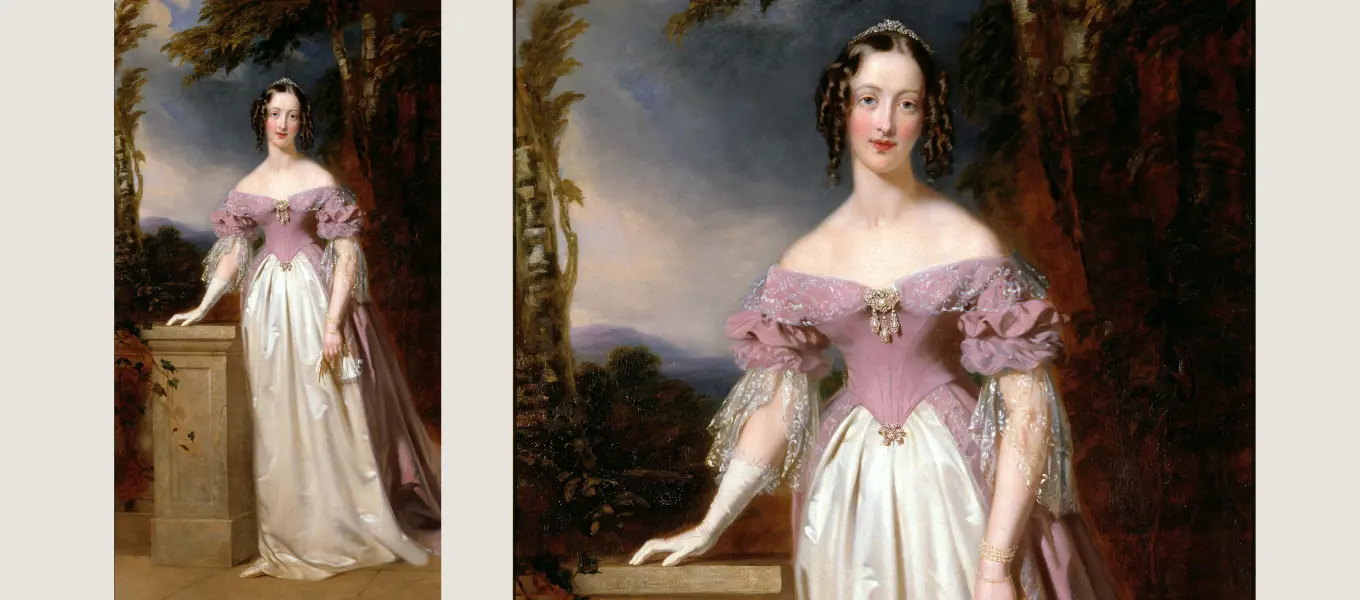
Blanche was just twenty-eight when she died in 1840. Her husband, William Cavendish, became Duke eighteen years after her death and never remarried.
At the time of Blanche’s death, they had four children aged from two to six years. The family had already experienced significant loss. Their first-born son and heir, another William Cavendish – known as Can, had died in May 1834, aged only two years and five months.
The Chatsworth archive holds a journal begun by Blanche in March 1832, when Can was three months old. In it, Blanche records Can’s development.
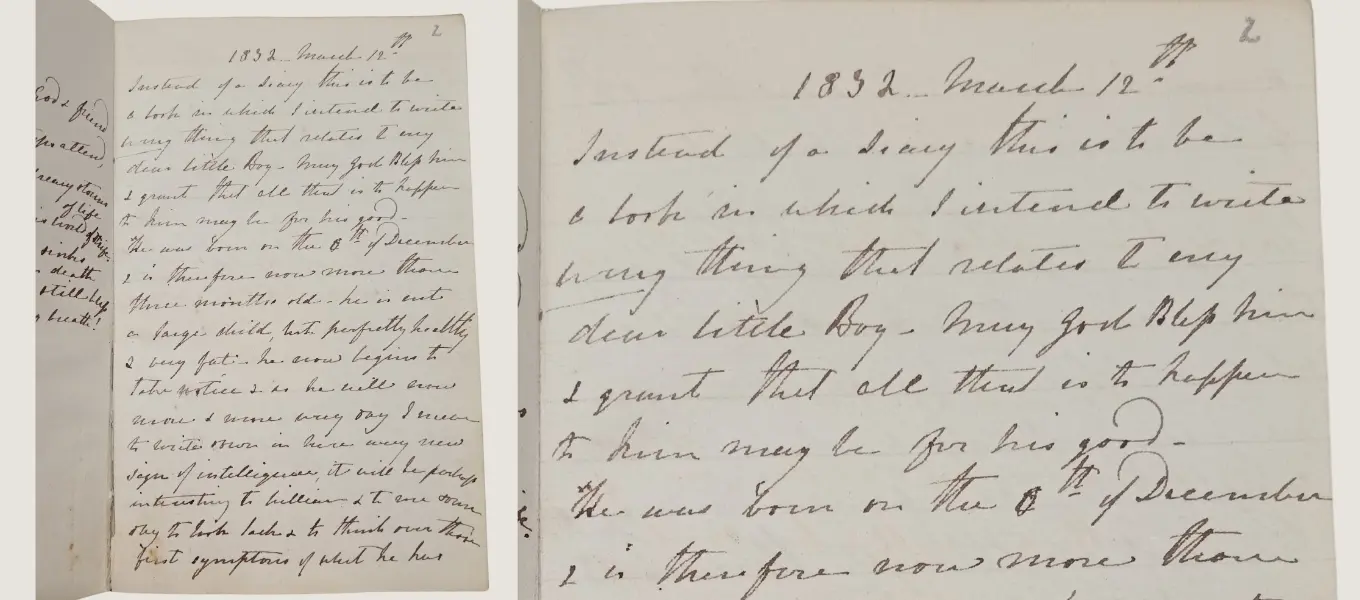
Blanche’s joy as a new mother is evident. Much like many do today, she records simple, everyday things such as his “fits of laughing out loud” when she plays peepo with him as a tiny baby and, just before his first birthday, she records that he shows his shoes and claps his hands when told.
Blanche mentions frequently her son’s affection for his father and, as his language develops, she records: “the other day he said ‘Papa love little Can very much.’”
From the journal, we learn that Blanche was worried about Can’s health from birth and this anxiety intensifies in his final five months.
She often writes about Can having little appetite and being pale and “languid.” There are comments about red angry spots on his skin and Blanche writes they “make me fancy sometimes that there is something not quite right in his circulation.” Although post mortem notes held in the Devonshire Collection may give some clues, they do not tell us the actual cause of Can’s death.
Blanche’s last entry in the journal makes heartbreaking reading as she describes Can’s final hours in detail.
In other diaries and letters to family members, we also see her thoughts and feelings during the first few days of her bereavement: “Is it possible, is it true that my dearest little Boy, my blessing is gone. That I am never to see again that darling little figure, or to hear that voice which I believe I never heard without a feeling of joy and happiness. Yes he is gone. I saw him in the agonies of death. I heard his last sigh & felt his pulse flutter & all was still & I have seen him cold & lifeless & have kissed that cold forehead for the last time & have followed him to his grave.”
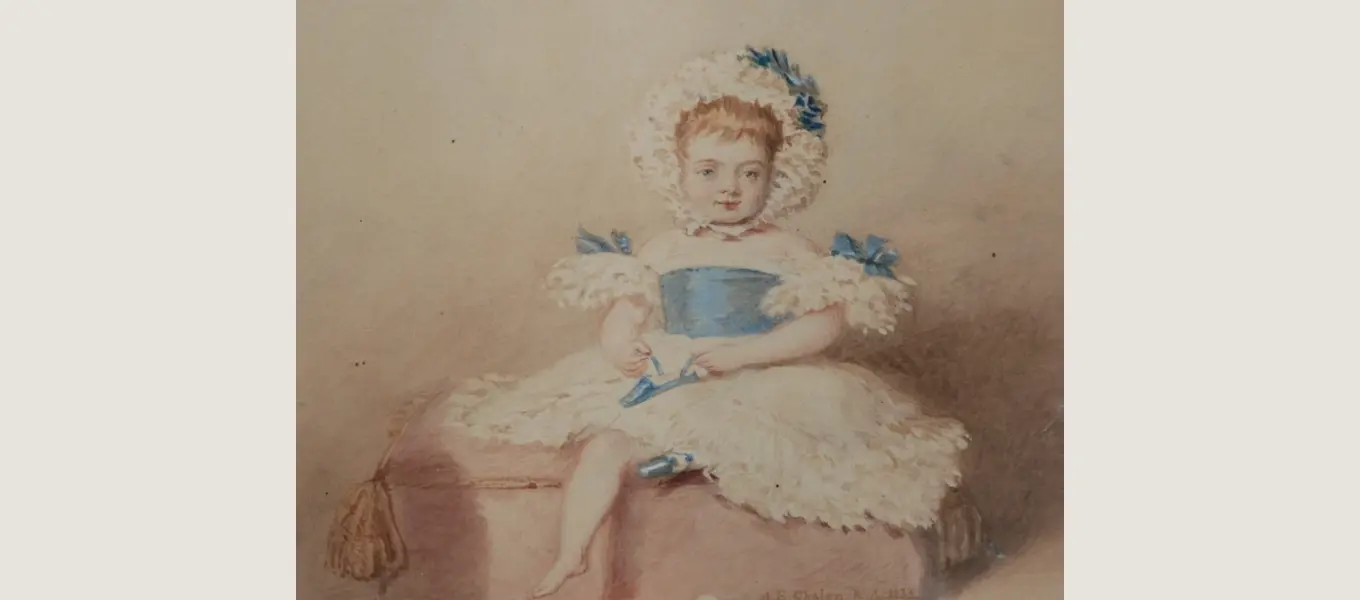
We learn that she and William have been talking of Can and “all his little ways” and she finds comfort in this.
There are small things that take her by surprise. She sees her second son, Spencer, in bed: “I found him sleeping in an attitude in which I had constantly seen Can, his two arms stretched out above his head. Oh, that seemed to open a floodgate.”
We do not have William’s diaries for the same period but Blanche often comments on his feelings. Five months after they lost their son she writes: “William is much more overcome by the subject than he used to be.”
Blanche wrote many poems at this time and these, together with her diary entries, also show how she is battling to reconcile her strong faith with the loss of her beloved child.
In the months that follow Can’s death, William and Blanche visit the homes of several family members, which often intensifies Blanche’s grief. She writes: “The arrival at Chatsworth was very bad. I had not thought of it much beforehand. It brought all the past so vividly before me - his room, the window he used to look out of, the stool he used to carry about, his bed, & in my room the door he used to hide behind, the looking glass he used to play with, the paper with the birds upon it & a thousand other things & out of doors all the walks.”
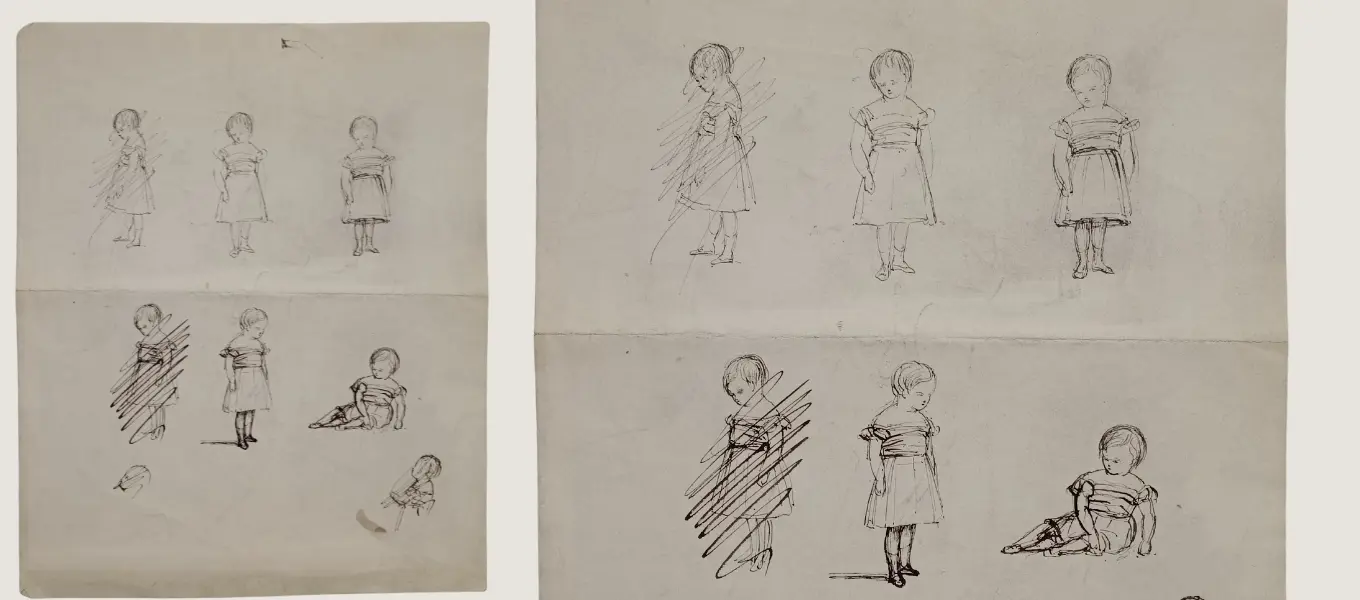
Much of my work as a volunteer at Chatsworth has been cataloguing Blanche Cavendish’s papers. I have found those relating to her first child particularly affecting. It is moving to think that at the time of Can’s death the Cavendishes were so young: William was twenty-six and Blanche only twenty-two.
Can was buried in St Leonard’s Streatham, as he had died in London. His stillborn sister and his mother were interred in the same vault, just six years later in 1840.
Following the 7th Duke’s death in 1892, all three were moved from Streatham to St Peter’s, Edensor and buried together with the Duke.
The items kept by his mother are poignant reminders of Little Can’s curtailed childhood and her personal papers, though at times difficult to read, are an important record of the devastating loss of a child.
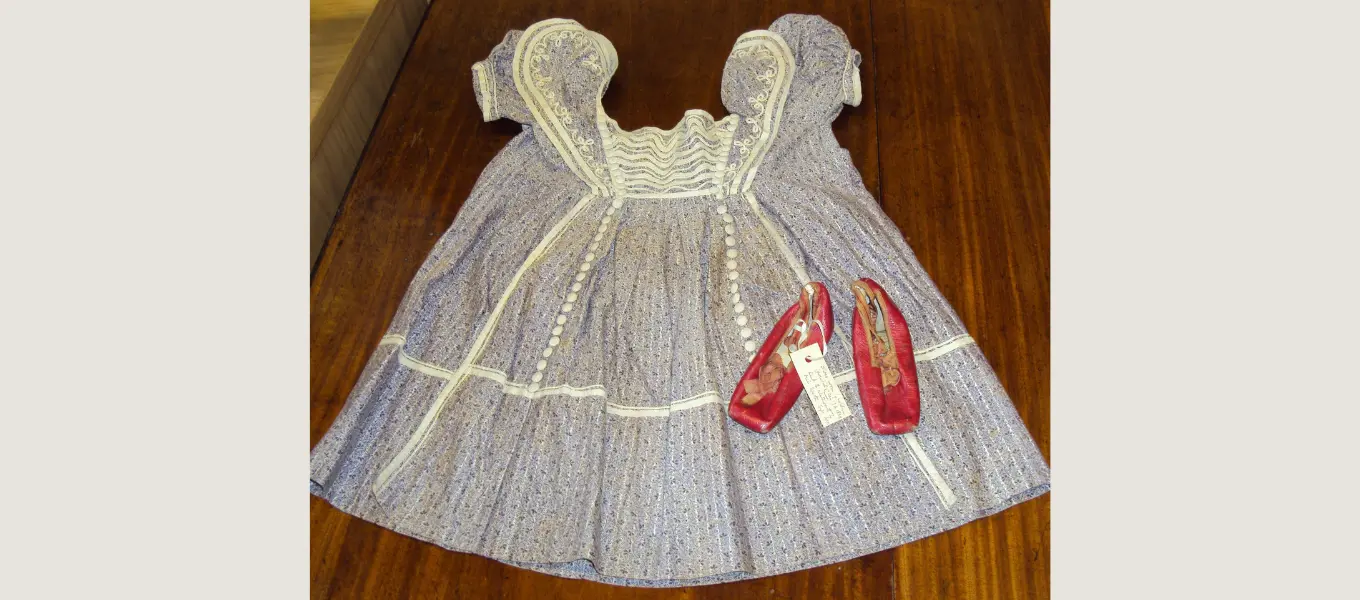
Blog by archive volunteer, Kerry Carrie
Picturing Childhood - An Introduction
Gill Hart, co-curator of our 2024 exhibition ' Picturing Childhood', explores the inspiration for the exhibition and what it hoped to convey.
The Themes of Picturing Childhood
The exhibition was structured around three themes: Representation, Experiences, and Memories.
The Van Loo Painting
Learn about new research into a painting by Van Loo on the Oak Landing.
Picturing Childhood Research Partners
As part of our Picturing Childhood exhibition development process, we formed an advisory group to help inform the process.






